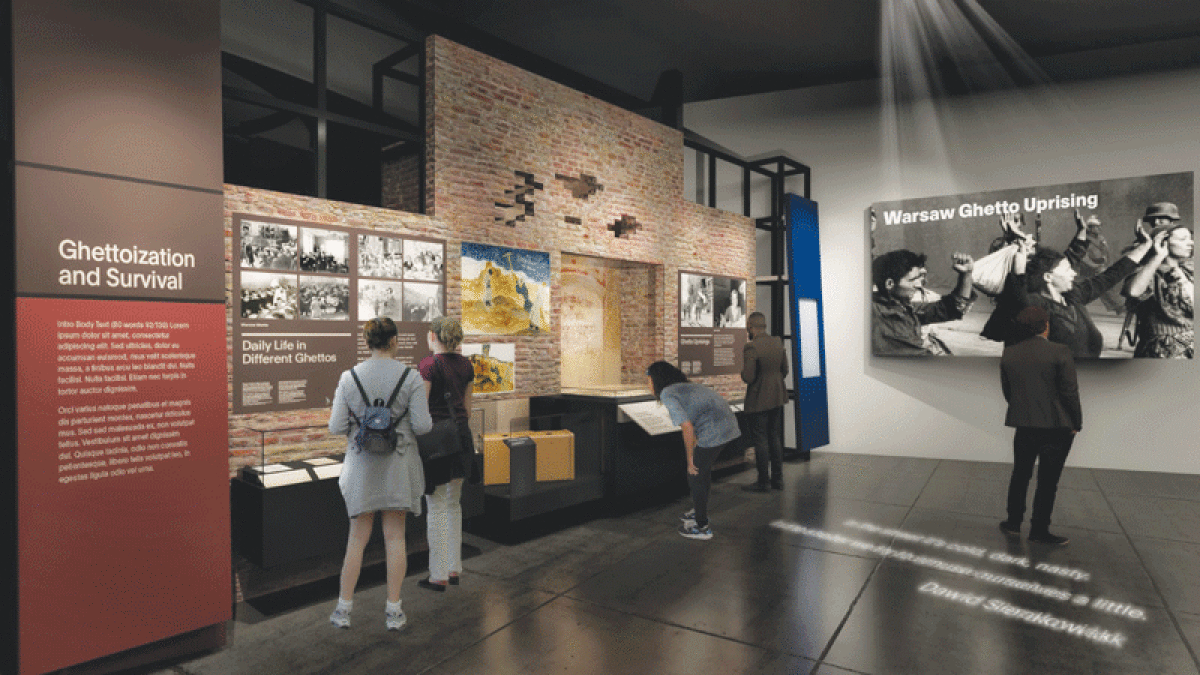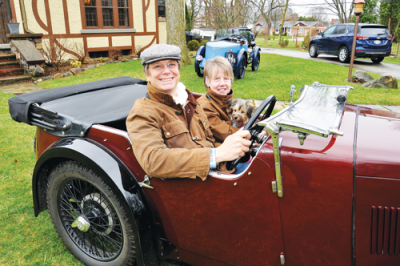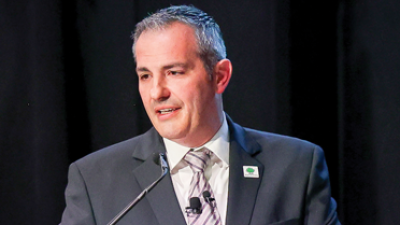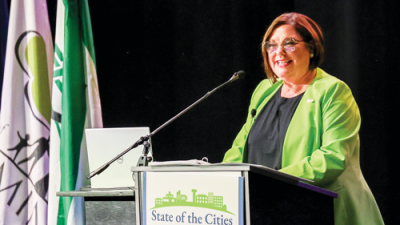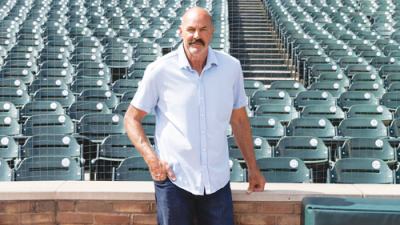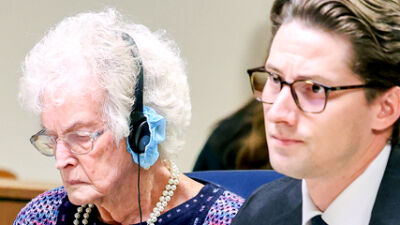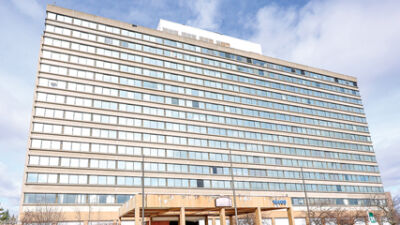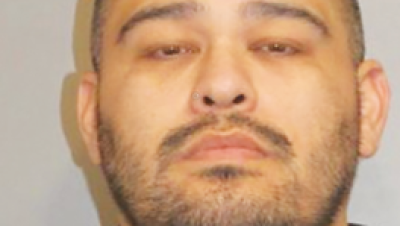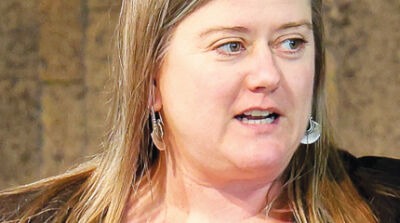FARMINGTON HILLS — The Zekelman Holocaust Center is undergoing a “complete” renovation of its current core exhibit.
According to a press release, the 2004 exhibit will be transformed with new interactive galleries and spaces for an enhanced learning experience.
The renovated exhibit is set to reopen early next year.
The center, which is approximately 55,000 square feet, is scheduled to remain open during construction and feature a temporary exhibit.
The Holocaust Center houses museum exhibits, an extensive research library, archives and a gallery for special art and history exhibits.
According to its website, each year the Holocaust Center reaches more than 100,000 people through teacher trainings, virtual museum experiences, virtual programs and in-person visits to the museum.
The Zekelman Holocaust Center first opened its doors on the campus of the Jewish Community Center in West Bloomfield as the Holocaust Memorial Center and relocated to the current award-winning building in Farmington Hills in 2004.
The renovation project is expected to cost $31 million.
Mark Mulder is the director of curatorial affairs at the Zelman Holocaust Center.
He provided highlights of the renovation project.
“In terms of subject matter, it will still kind of feature a lot of the subject that you would see there if you had been here in previous years,” Mulder said. “We begin with Jewish heritage and culture, (and) we move through the history of the Holocaust. We will be adding content that had been missing previously about the beginning of World War II, and especially focusing on kind of a newer area of study in Holocaust research that we call the ‘Holocaust by bullets,’ which is a lot of the murders that happened in Eastern Europe that did not involve gas chambers and concentration camps, and this is a field that we’re learning more and more about, and so this is a subject that was not as heavily included in the previous exhibit. We will also be expanding what we call kind of our responsibility section as well, so we’ll talk a little bit about the ‘Now, what?’ after you learn about the Holocaust.”
Mulder touched on an important aspect of the renovation project.
“This is an extraordinarily exciting thing for all of us, (but) it’s also a huge responsibility,” he said. “What this does for us, and this is a big part of the philosophy behind the renovation, is that we are taking Michigan Holocaust survivors and we are centering their experiences throughout the exhibit, and for us that is a long-term strategy that will set us up for success long-term, in terms of how we talk to visitors, how we get our visitors to connect to the subject matter, and as we prepare for the fact (that) right now some of our Holocaust survivors aren’t as able to be here to speak to our visitors, using their voices becomes more and more important for us.”
Given who the primary visitors to the Holocaust Center are, being able to connect to the subject matter can be all the more crucial when it comes to preserving history.
“The vast majority of our visitors are here on school trips or on booked tours, and so in a lot of ways we have kind of the added layer of that not everybody that’s here is here because, ‘My first choice – the thing I wanna do the most right now is go to the Holocaust Center,’” Mulder said. “They’re here on a school trip, and so a big draw for us, or a big tool for us, is using compassion within the exhibit to get those kids who are maybe not as passionate about the subject matter, or as immediately interested, and show them how this is still relevant to people who are in Michigan, people who are in school now, even though it happened so long ago.”
Gabi Burman is the director of marketing and communications for the Zekelman Holocaust Center. She has thought about the possibilities that could come from the renovated exhibit.
“Our reach is endless in a lot of ways, and once the new exhibit opens with its greater sensibility and increased, up-to-date information, we’ll have it as a tool to achieve our goals for visitors of all kinds, now and in the future,” Burman said. “We’re setting ourselves up now for the next 50 years.”
Mulder said that the designers for the exhibit are some of the top exhibit designers in the world.
“We’re working with Ralph Appelbaum Associates, and they are one of the largest exhibit design firms,” he said. “The people on this project are some of the top experts in Holocaust exhibit development. Working with them, what we’re going to get, in terms of the new exhibit, will be a world-class exhibit. There will be few that are at the level this one will be.”
 Publication select ▼
Publication select ▼